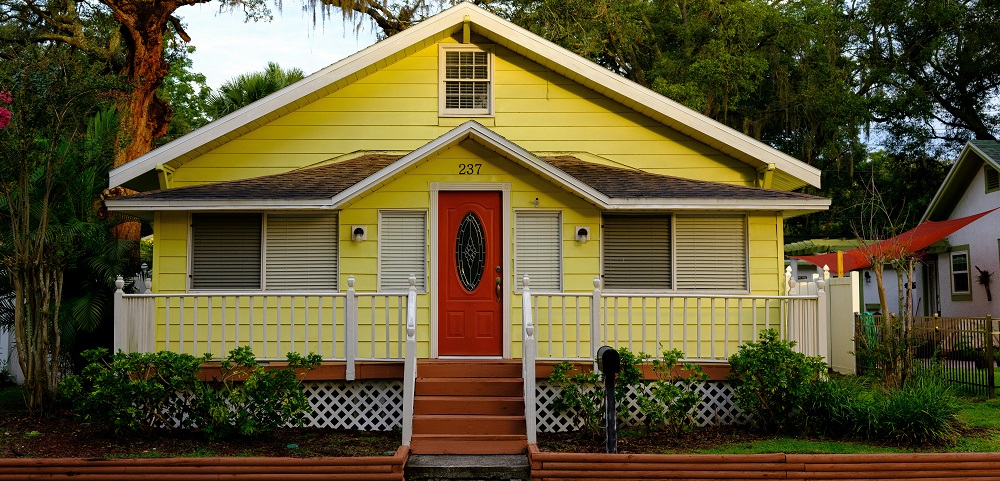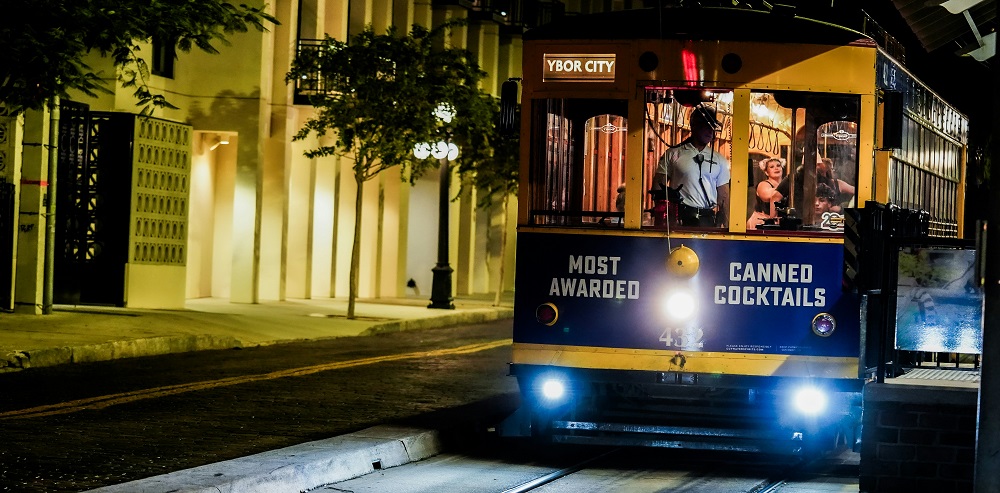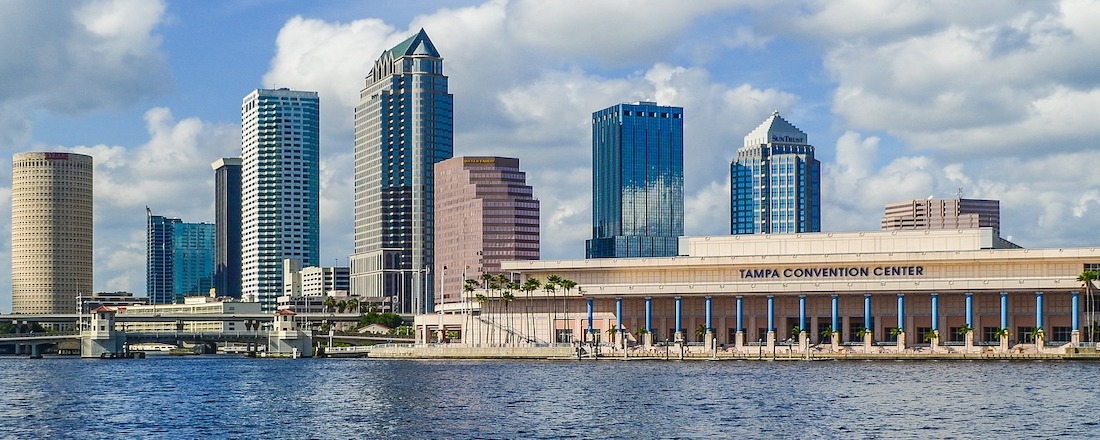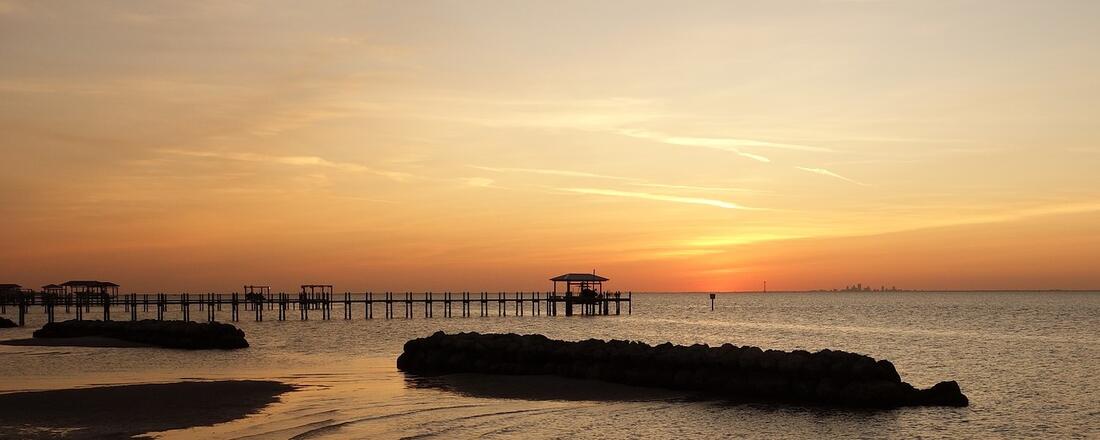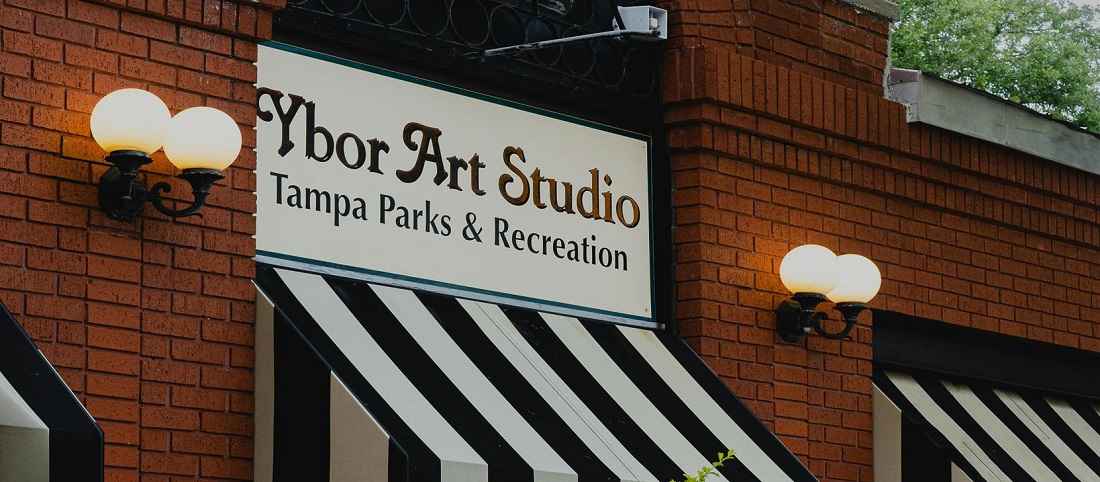Located on Florida's Gulf Coast, Tampa has always had historical significance within the US thanks to its bustling port, which is one of the largest in the country. Nowadays, the Tampa Bay Area, which encompasses the municipalities of Tampa, St Petersburg and Clearwater, is one of the fastest-growing regions in Florida.
Tampa has always been a popular option among retirees looking to spend their twilight years basking in the Florida sun and enjoying all the lifestyle benefits the city has to offer. Young professionals and families are also now moving to Tampa for exciting career opportunities and excellent schooling options.
Living in Tampa as an expat
Fondly dubbed the Cigar City because of its rich Cuban history, Tampa is home to a diverse demographic. Spanish, French and Italian influences are visible throughout the city, particularly in its food, architecture and cultural events. Tampa’s population leans to the political left, and it is also home to a fairly large LGBTQ+ community, which adds much vibrancy and colour to the community, especially in Tampa’s famous GaYbor District.
Tampa’s economy is on the up, so newcomers with skills and experience in areas such as manufacturing, technology, finance, and tourism will find plenty of job opportunities. For those looking to start a business, the state of Florida actively encourages investment and has incentives in place to support small ventures.
In terms of accommodation in Tampa, new arrivals will be spoilt for choice. Tampa has everything from sleek city apartments and condos to comfortable family homes and palatial villas. Not only are properties spacious but there is also a strong sense of community in many of the neighbourhoods, which will certainly help newcomers settle in. Tampa is a fairly large city, and while a public transport network exists, a car is by far the best way to get around, especially for those travelling to and from outlying suburbs.
There's also no shortage of entertainment and lifestyle offerings in Tampa. Those with a keen eye for art and culture will find a range of excellent museums and galleries. Sports enthusiasts will be in their element too. Boasting no less than three major professional sports teams, Tampa makes it easy for new residents to find a local team to back. Tampa’s nightlife knows no bounds, either, and there is no doubt that this is a city that knows how to have fun.
Cost of living in Tampa
Those moving to Tampa will be pleased to learn that the city's cost of living is slightly less than the national average. Salaries are also slightly lower than the national average, so new arrivals must consider their budget carefully. That said, it's still possible to maintain a comfortable standard of living.
Housing, healthcare, and car ownership are likely to be the priciest aspects of living in Tampa. While healthcare in Tampa is fantastic, it is costly, so it's recommended that new arrivals secure a comprehensive health insurance policy.
Families and children in Tampa
Tampa boasts a broad range of schooling options, including some exceptional charter and magnet schools, as well as a substantial range of private and international schools. Both foreigners and those moving from elsewhere in the US can send their children to public schools in Tampa. That said, many expats may prefer the familiarity of an international school, particularly one that teaches the curriculum from back home.
Families looking to have some fun on the weekends will be spoilt for choice in Tampa. From the range of parks and gorgeous outdoor areas in the city to the zoos, aquariums and museums, expat families will certainly have their pick of fun activities. The city also hosts exciting events throughout the year, with entertainment for both the young and the old.
Climate in Tampa
Tampa’s year-round good weather continues to draw people from all over. With an average annual temperature of 72°F (22°C), it's easy to understand why this city has mass appeal. The climate also contributes to many of the lifestyle benefits of living in Tampa, making it the perfect outdoor playground for various fun activities, including hiking, biking and boating.
With its beautiful beaches, a strong sense of community and affordable cost of living, it’s easy to see why increasing numbers of people from within the US and beyond are moving to Tampa and choosing to call the city home.
